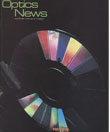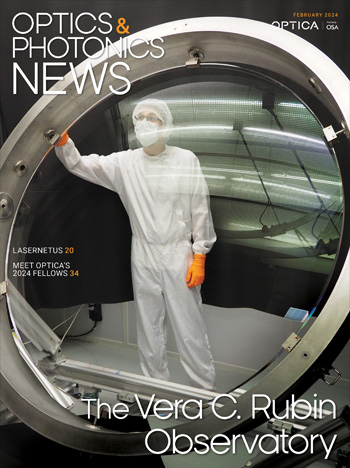
March, 1986 Issue
Feature Articles
Thermal Radiometer Cconstructed from Ordinary Office Supplies
It is possible to construct a surprisingly inexpensive and simple thermal radiometer from office supplies. Although the detector was designed to evaluate thermal energy hazards to an individual located in a harsh environment, undoubtedly other applications will surface. The radiometer features a nearly flat wavelength response and a wide field-of-view, is very insensitive to both acoustic energy and radio-frequency energy, is not prone to damage, and distinguishes between radiated thermal energy and thermal energy transferred by direct contact with hot materials. It is particularly noteworthy that the detector has functioned as a direct hazard monitor for optical radiation emitted by certain flash sources.
by Terry L. LyonMultilayer Mirrors for X-rays and the Extreme UV
Multilayer reflectors for the x-ray and extreme ultraviolet spectral regions—together called the XUV region, and stretching from a few angstroms to about 300 Å—have recently become a practical reality. This is partly a result of advances in vacuum deposition and surface preparation technologies, and partly because of the recent resurgence of interest in optics for this region of the spectrum. In turn, this interest stems from the development of new and intense sources of XUV such as synchrotron radiation and plasma sources, and the realization of the scientific opportunities offered by this region of the spectrum, from x-ray microscopy to x-ray astronomy.
by James H. UnderwoodVery Large Optics of the Future
Optical systems for both astronomy and for defense programs always have been and always will be at the dual limits of technology and cost. There have been a number of significant branching points in the long history of telescopes. A short look backward at the path traversed in the continuing quest for the world's largest is a useful perspective from which to view the future.
by Aden B. Meinel & Marjorie P. Meinel
![A multiplexed image of a human tonsil acquired. [NIAID] using the iterative bleaching extends multiplexity (IBEX) method.](https://opnmedia.blob.core.windows.net/$web/opn/media/images/articles/2024/0424/departments/202404-cover-web.jpg?ext=.jpg)

